These Canada travel tips will be essential for first-time visitors looking to explore this vast and diverse country. Whether you’re planning to visit big cities like Toronto and Vancouver, experience the natural beauty of the Rockies, or embrace the country’s famous friendliness, there’s a lot to know before you go.
From understanding how to get around to uncovering the best places to explore, this guide will ensure your trip is smooth and enjoyable. Plus, if you’re looking to save money on accommodation, we’ll dive into why Canada is one of the best places for house sitting opportunities.
Best Time to Visit Canada

The best time to visit Canada depends on what you want to do. Summer (June to August) is ideal for outdoor activities, national parks, and festivals, while winter (December to February) is perfect for skiing, snowboarding, and seeing the northern lights.
If you’re visiting in the fall (September to November), you’ll catch stunning autumn colors, while spring (March to May) offers fewer crowds and mild weather. Keep in mind that Canada is massive, and weather conditions vary – Vancouver stays mild in winter, while Montreal and Calgary can be freezing.
How to Get Around Canada
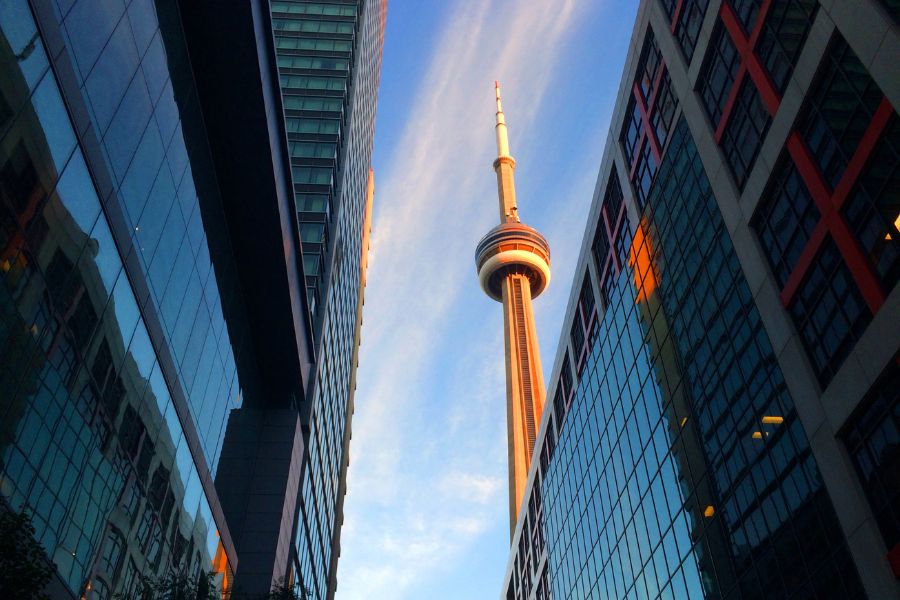
Canada is the second-largest country in the world, so getting around requires some planning. For long distances, domestic flights are the quickest but can be pricey. VIA Rail offers scenic train journeys, while buses (like Greyhound and Megabus) are a budget-friendly option for city-to-city travel.
If you’re visiting rural areas or national parks, renting a car is often the best choice. In major cities, public transport is reliable – Toronto, Montreal, and Vancouver have extensive transit systems, including subways, buses, and streetcars. Rideshare apps like Uber and Lyft are available in most urban areas.
Money-Saving Tips for Traveling in Canada

Canada can be expensive, but there are plenty of ways to cut costs:
- House sitting – Save on accommodation by looking after someone’s home and pets. Click here for my guide to house sitting.
- Take advantage of happy hours – Many restaurants and bars offer food and drink deals in the late afternoon.
- Cook for yourself – Grocery stores like No Frills and Walmart offer affordable food options.
- Use public transport – Instead of taxis, take advantage of city transit passes.
- Find free attractions – Many museums have free entry days, and outdoor activities like hiking are always free.
What to Pack for Canada
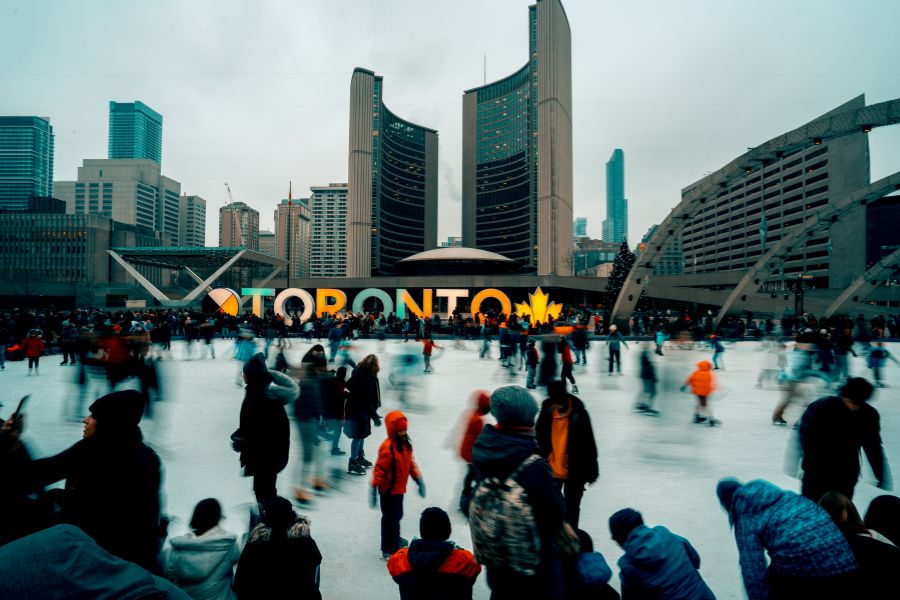
Packing for Canada depends on when and where you’re visiting. In winter, bring thermal layers, a warm coat, waterproof boots, gloves, and a hat – temperatures can drop below -30°C in some regions.
In summer, lightweight clothing is fine, but always pack a jacket, as evenings can be cool. If you’re heading to the mountains, hiking boots and rain gear are essential. No matter the season, comfortable shoes are a must, as exploring Canada often involves a lot of walking.
Canada Travel Safety Tips
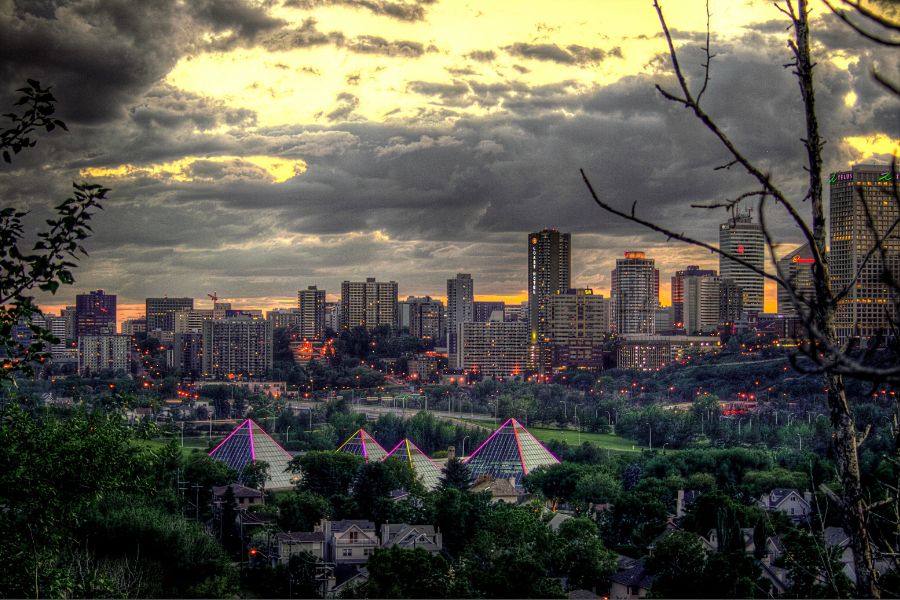
Canada is one of the safest travel destinations in the world, but there are a few things to keep in mind:
- Wildlife awareness – If you’re hiking, be aware of bears and moose. Carry bear spray and make noise to avoid startling animals.
- Winter driving – If you’re renting a car in winter, ensure it’s equipped with snow tires and drive cautiously on icy roads.
- Distance between gas stations – In rural areas, gas stations can be far apart, so always keep your tank topped up.
- City safety – While Canadian cities are safe, take the usual precautions like avoiding isolated areas at night.
Funny Canadian Quirks and Social Customs
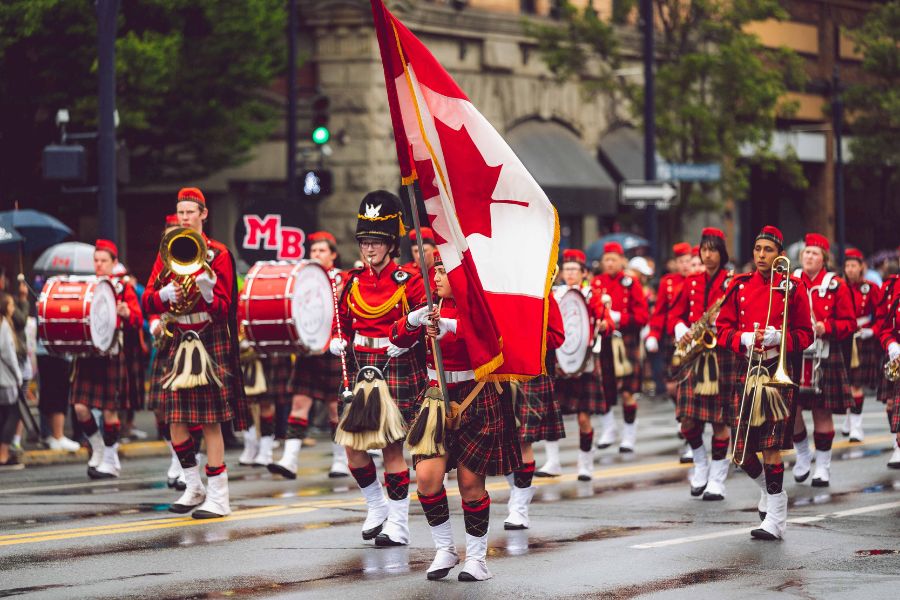
Canada has its fair share of unique traditions and social habits that first-time visitors might find amusing:
- Saying “Sorry” Constantly – Much like us Brits, Canadians apologize for everything, even if it’s not their fault.
- Milk in Bags – If you’re in Ontario, you’ll find milk sold in plastic bags instead of cartons.
- Timmies Obsession – Tim Hortons coffee is a Canadian staple, and you’ll see long drive-thru lines even in the dead of winter.
- The Eh? Factor – Canadians love ending sentences with “eh?” as a friendly way to seek agreement.
- Extreme Politeness – Expect strangers to hold doors open for you and engage in small talk while waiting in line.
Enjoying the Food in Canada
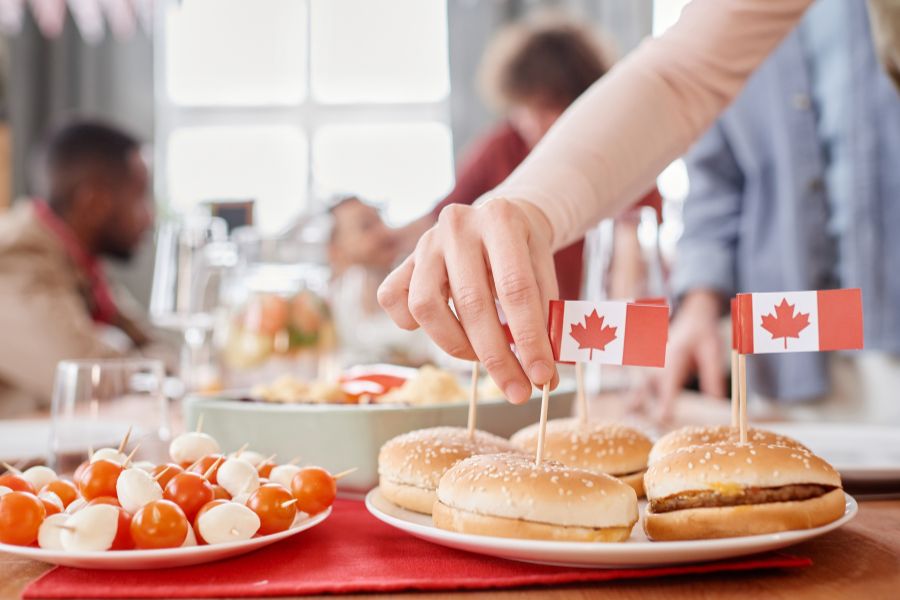
Canada has a rich culinary scene with several unique delicacies that visitors must try. Poutine, a comforting dish of crispy fries topped with cheese curds and smothered in gravy, is a national favorite, especially in Quebec.
Sweet treats like butter tarts, Nanaimo bars, and beaver tails (fried dough pastries) are popular across the country. Maple syrup is an iconic Canadian staple, used in everything from pancakes to candy, and even as a glaze for meats.
Quebec is known for fresh seafood, especially lobster rolls while traditional tourtière (a spiced meat pie) is a must-try. Western Canada has influences from Indigenous cuisine, including bannock, a simple fried bread. Obscure snacks like ketchup chips and unique candies provide a fun taste of Canadian flavors.
House Sitting in Canada: A Budget-Friendly Way to Stay

One of the best ways to save money while traveling in Canada is house sitting. It’s a great option for long-term travelers, digital nomads, and budget-conscious explorers. House sitting allows you to stay in a local’s home for free in exchange for looking after their pets and property.
Canada is one of the top countries looking for house sitters, especially in major cities and rural areas where pet owners need reliable sitters. If you’re interested in getting started, check out our guide to the top countries looking for house sitters right now – Canada has hundreds of active listings.
Conclusion
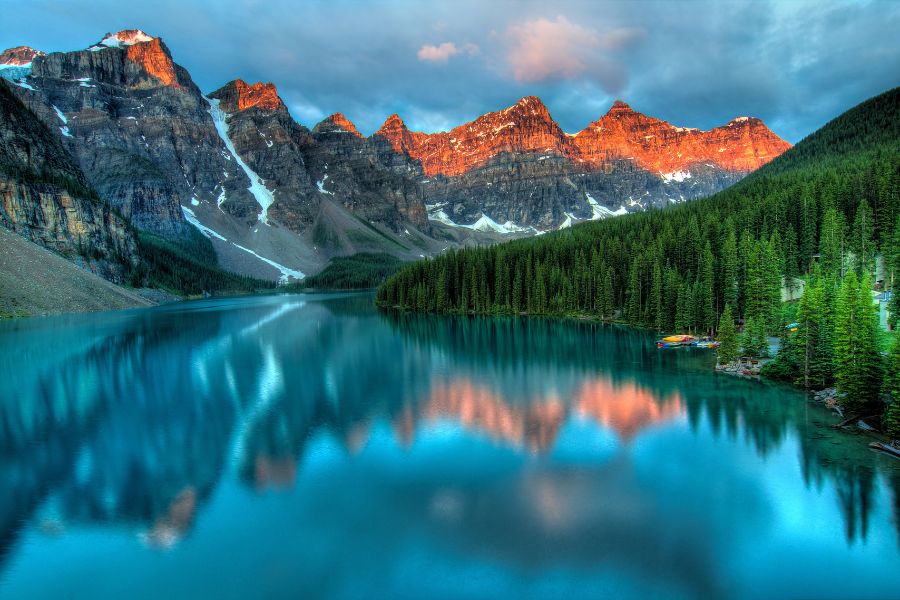
Traveling in Canada is an unforgettable experience, but it’s important to plan. From understanding the seasons to finding budget-friendly ways to explore, I hope these Canada travel tips will help you navigate the country with ease.
Whether you’re exploring vibrant cities, enjoying the great outdoors, or embracing local quirks, Canada offers something for every traveler.
Canada Travel Advice FAQS
Do I need a visa to visit Canada?
Canada requires an Electronic Travel Authorization (eTA) for visa-exempt travelers and a visa for others. Check before you book your trip.
What’s the best way to travel between cities in Canada?
For long distances, domestic flights are the fastest way to travel between cities in Canada. Trains and buses are good budget options, and renting a car is ideal for rural travel.
Is Canada expensive for travelers?
Canada can be expensive for travelers, but you can save money by house sitting, using public transport, and taking advantage of free attractions.
How cold does Canada get in winter?
It depends on the region, but some areas of Canada get very cold and it is known to drop below -30°C. Pack warm layers and check the forecast before your trip.
Is tipping expected in Canada?
Yes, tipping is expected in Canada. Expect to tip 15-20% at restaurants, plus tips for taxis, bartenders, and service workers.
Like This Post? Pin it!
Owner’s consent has been given to use all images in this post.
